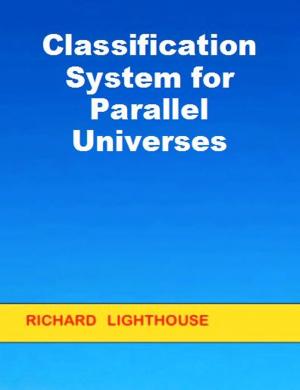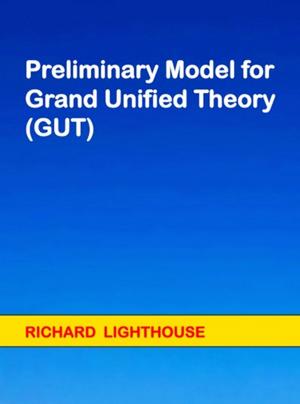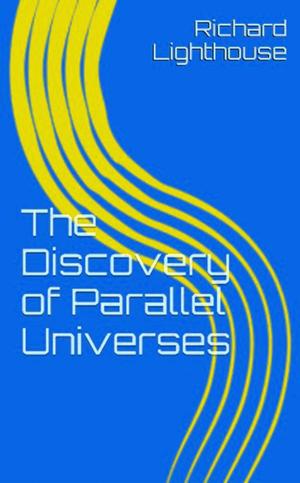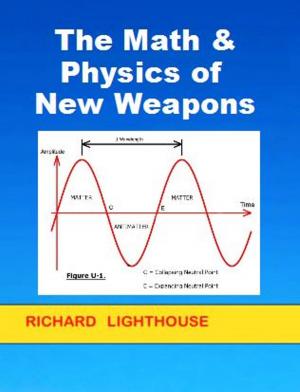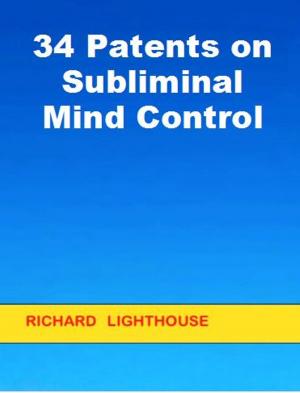Elementary Particles: Solving the Antimatter Problem
Nonfiction, Science & Nature, Science, Biological Sciences, Molecular Physics| Author: | Richard Lighthouse | ISBN: | 9781311578471 |
| Publisher: | Richard Lighthouse | Publication: | August 9, 2014 |
| Imprint: | Smashwords Edition | Language: | English |
| Author: | Richard Lighthouse |
| ISBN: | 9781311578471 |
| Publisher: | Richard Lighthouse |
| Publication: | August 9, 2014 |
| Imprint: | Smashwords Edition |
| Language: | English |
This paper presents mathematical evidence that the “positron” found in numerous laboratory experiments - is actually a probable version of the muon neutrino, which is ordinary matter, not antimatter. This new evidence is based on the 1024-QAM model as the first Periodic Table for Elementary Particles. There are 16 probable versions of the muon neutrino with one third of the mass of an electron. 4 of these have the same charge-to-mass ratio as a common electron. Another 4 have twice the charge-to-mass as a common electron, but with the opposite charge (+2/3), causing them to move in the opposite direction in a magnetic field. To complicate matters further, note that there are 16 probable versions of an electron, with 4 different charges (0, -1, -1/3, +2/3). A 1024-QAM table was previously presented that graphically displays how all elementary particles are related, similar to the Standard Periodic Table in chemistry. This paper concludes there is no antimatter available in our universe. All such events can be explained as ordinary matter.
This paper presents mathematical evidence that the “positron” found in numerous laboratory experiments - is actually a probable version of the muon neutrino, which is ordinary matter, not antimatter. This new evidence is based on the 1024-QAM model as the first Periodic Table for Elementary Particles. There are 16 probable versions of the muon neutrino with one third of the mass of an electron. 4 of these have the same charge-to-mass ratio as a common electron. Another 4 have twice the charge-to-mass as a common electron, but with the opposite charge (+2/3), causing them to move in the opposite direction in a magnetic field. To complicate matters further, note that there are 16 probable versions of an electron, with 4 different charges (0, -1, -1/3, +2/3). A 1024-QAM table was previously presented that graphically displays how all elementary particles are related, similar to the Standard Periodic Table in chemistry. This paper concludes there is no antimatter available in our universe. All such events can be explained as ordinary matter.



